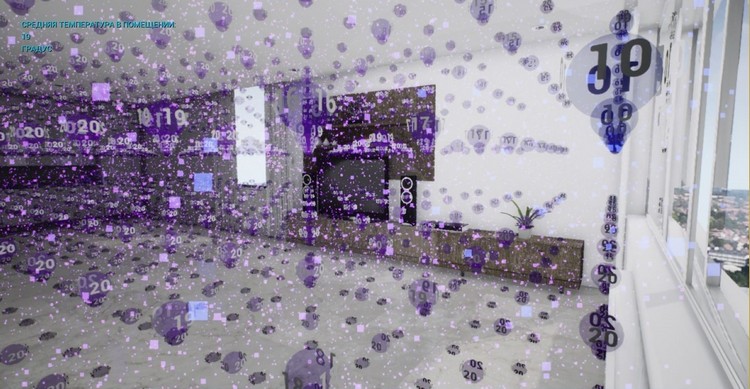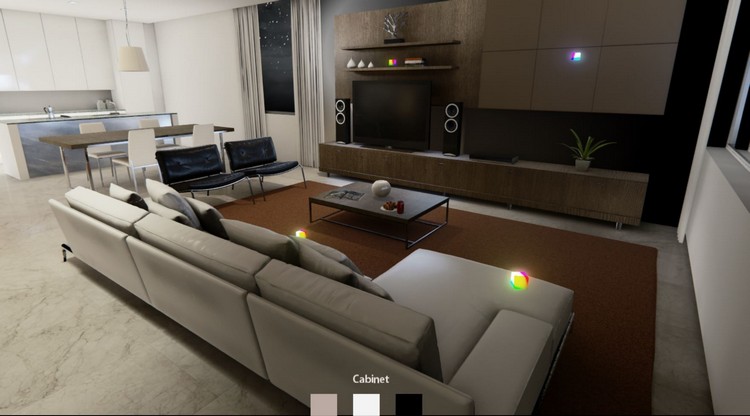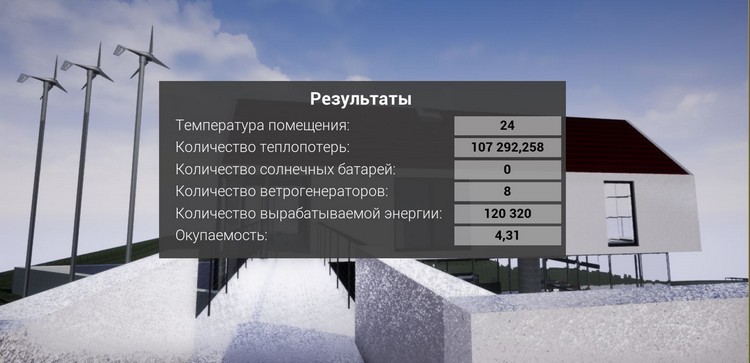SPbGASU specialists invite you to virtual tours
Virtual tours of real estate will soon become an integral part of our lives. Designers, planners, potential buyers of apartments and houses will have the opportunity to see what an unfinished construction project looks like. They can do this through a mobile application, virtual glasses or by visiting the site. SPbGASU specialists work on the specific software product.
O. Shakshak and I. A. Evsikov
Timur H. Ablyazov, Associate Professor at the Department of Construction Economics and Housing and Public Utilities:
– This work is multidisciplinary. I was dealing with the economic component of the project: I made a rationale for where and how to put this product into practice.
Virtual tours can be used in the design, in sales, for training students, for the selection of the most suitable interior and energy-saving solutions. Any person using this technique should be able to quickly estimate the expenses and choose the best option.
According to the developers, such a product is not yet on the market, because what has already been presented is not intended for commonplace users but for a limited circle of specialists. The SPbGASU developers wanted to create something more user-friendly, so that those not only could see the house and apartment of their interest but also simulate the lighting, weather conditions and evaluate the results.
{gallery name="Виртуальные туры 0120"}
Graduate student Omar Shakshak:
– I have been dealing with computer modeling since the fourth year of undergraduate studies. This work covers different areas: programming, web programming, and 3D modeling. In the Bachelor's graduate qualification work, I only created a virtual object. Now, under the guidance of my scientific advisor, senior lecturer at the Department of Information Technology Igor A. Evsikov, I am introducing mathematical models so that the user could control the object. I plan to develop this topic in the postgraduate school: it is very relevant and in high demand.
I. A. Evsikov:
– In order for the model to be based on scientific components, we used the mathematical apparatus, added the computation of differential equations to the program. Then we got interested in such a topic as energy efficiency, and added calculations for that too.
Now you can not merely walk around the facility, but calculate the energy efficiency of the building, the cost of heating; you can determine distribution of heating, i.e., identify the colder and warmer zones, and, accordingly, choose heating devices. We supplemented the program with apartment floor plans: you can see the data on the rooms, i.e., what is the area, ceiling height, thermal conductivity of the walls, and SNiPs taken into account, determine the costs. For example, you can calculate how much electricity is needed to maintain a comfortable temperature in a building. Buyers are interested in specific numbers. They would not understand the metadata of construction objects (series of walls, materials, lengths). We need to give them the opportunity to comprehensively evaluate what they are going to acquire.
✔ Currently, the work is at the completion stage. The prototype, which anyone can test, is ready. The authors have not yet come up with the invention of a catchy name, but the main thing has been done.
Read the Scopus article on advanced development in English: https://www.atlantis-press.com/proceedings/icdtli-19/125918530
The authors propose replacing the basic energy sources with wind generators or solar panels, having previously calculated when it will pay off. In the conditions of the St. Petersburg climate, solar panels are irrelevant, but one could think about wind generators.
Text: Tatyana Petrova
✔ Learn more
about the Department of Construction Economics and Housing and Utility Infrastucture
and the Department of Information Technology





